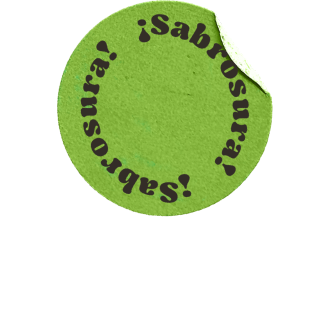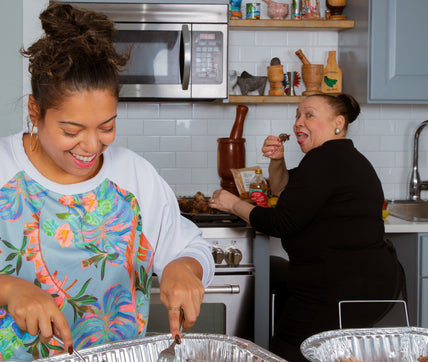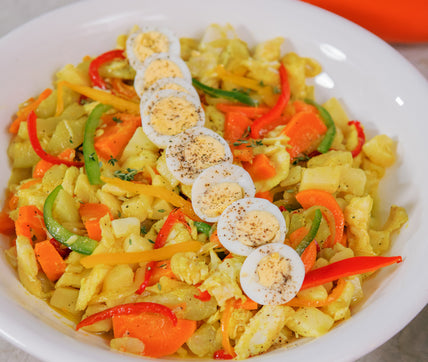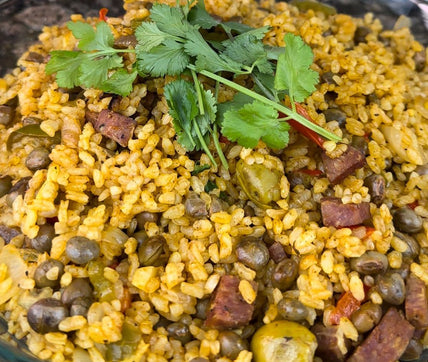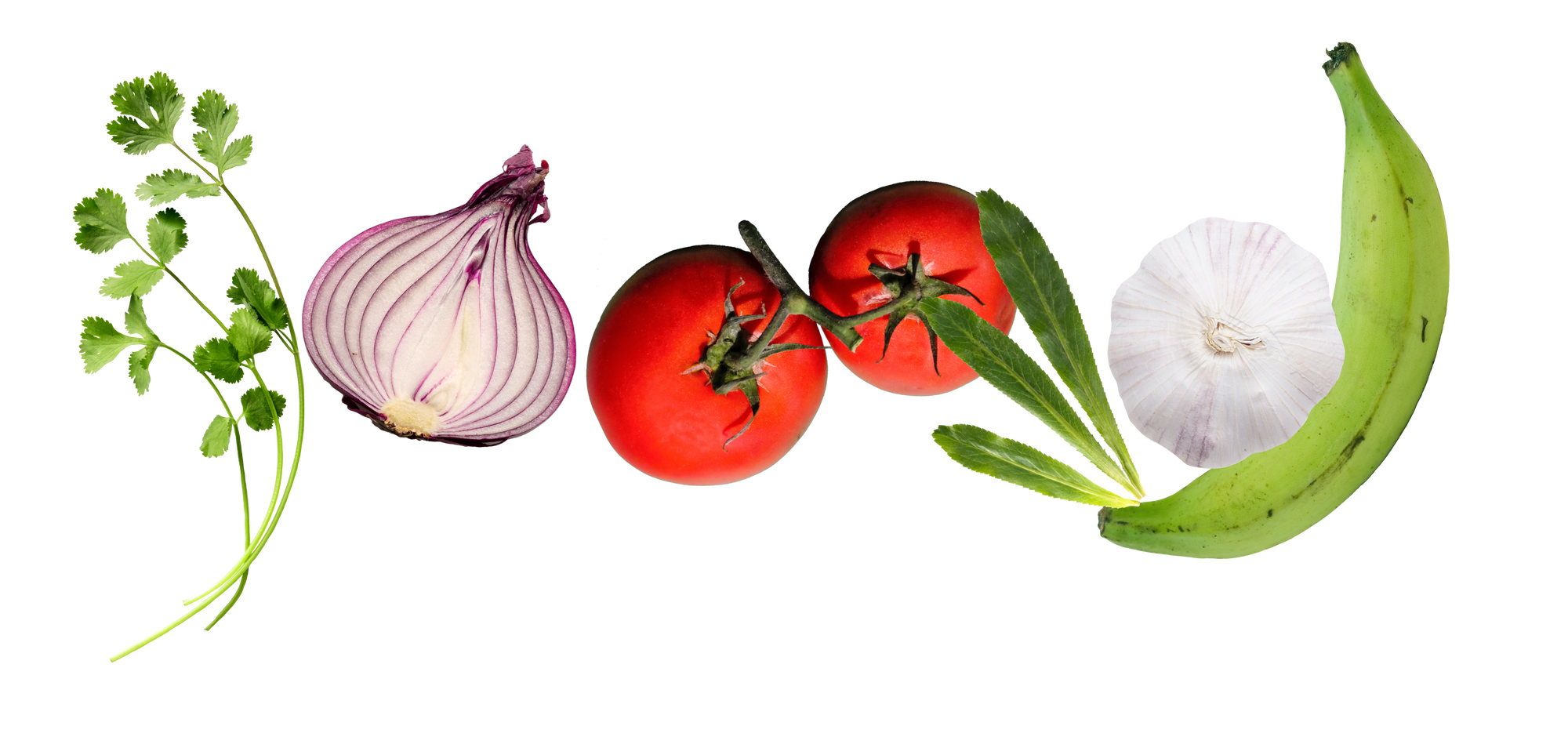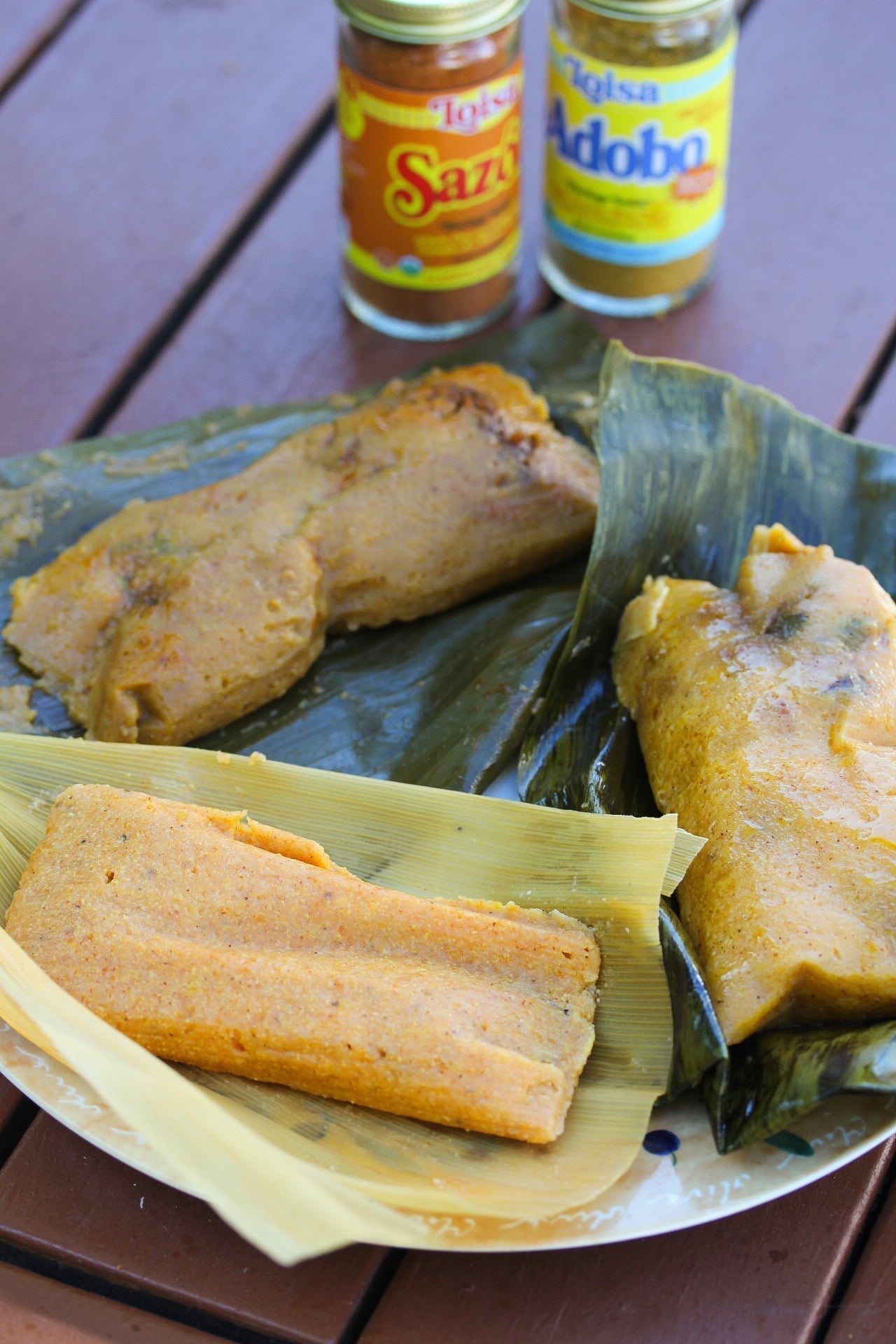
Pasteles 3 Ways
Exploring three traditional versions of pasteles from Puerto Rico, Cuba, and Venezuela.
By: Franchesca Livraghi | @breakthrukitchen
It’s Hispanic Heritage Month and we’re celebrating the recipes that bring us together. One of the most loved foods across Latin America and the Caribbean is pasteles, also known as tamales or hallacas depending on where you are. Each country has its own version, and each version is packed with flavor, love, and tradition. Here we’re exploring the classic pasteles recipes from Cuba, Puerto Rico, and Venezuela.

Pasteles, Tamales, and Hallacas
In Cuba, tamales are made with corn-based masa and a pork filling, wrapped in corn husks and boiled until tender. In Puerto Rico, pasteles have a masa made from green bananas, yautía, and other root veggies, filled with pork, and wrapped in plantain leaves. In Venezuela, hallacas are made with a cornmeal masa, filled with pork, beef, and chicken, topped with bell pepper and onion, and wrapped in plantain leaves. Different styles, different flavors, but all super comforting and delicious.
Tips for Cuban Tamales
- Make sure your pork is well-cooked and a little crispy. This step adds so much flavor!
- Soak the corn husks in hot water before wrapping so they’re easy to work with.
- Don’t overfill them! This way they’ll cook perfectly without bursting.
- Boil in salted water.

Tips for Puerto Rican Pasteles
- Let the filling cool before wrapping so the leaves don’t break while folding.
- Use a high-power blender so the masa turns out smooth and not grainy.
- Run the plantain leaves over an open flame so they're flexible and easy to fold.
- Fold tightly and tie with kitchen twine so they hold their shape in the pot.

Tips for Venezuelan Hallacas
- Boil the chicken first and save some of the broth for the masa since it has so much flavor.
- Use precooked white cornmeal for the masa; regular cornmeal won’t work.
- Add the cornmeal to the reserved broth, not the other way around.
- Layer the masa, meat, and shredded chicken carefully so the hallacas don’t fall apart while folding.

Preparation & How To Serve
Tamales, pasteles, and hallacas are usually reserved for special occasions and holidays, especially around Christmas and other big family celebrations. Making them is often a full family affair where everyone is pitching in to prepare the masa, cook the filling, and wrap each one carefully. It’s a labor of love that always results in huge batches to share with friends too!
In Puerto Rico, pasteles are sometimes served with hot sauce or a little ketchup on the side, while Cuban tamales and Venezuelan hallacas are enjoyed straight from the pot, likely alongside other festive dishes. No matter the version, the process of making them together is just as important as enjoying them, turning cooking them into a cherished tradition.
